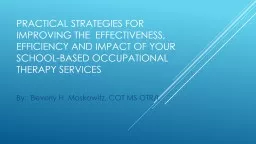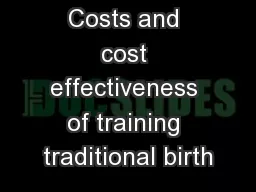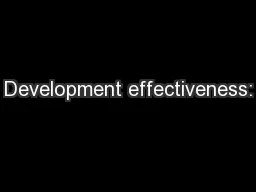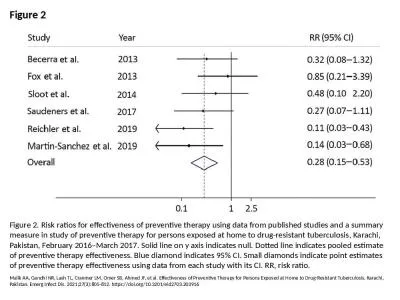PPT-Practical Strategies for Improving the Effectiveness, Effi
Author : sherrill-nordquist | Published Date : 2017-05-17
By Beverly H Moskowitz COT MS OTRL Handwriting Realistic Handwriting Expectations PreWriting Exercises ie putty inhand manipulation exercises Instruction Size
Presentation Embed Code
Download Presentation
Download Presentation The PPT/PDF document "Practical Strategies for Improving the ..." is the property of its rightful owner. Permission is granted to download and print the materials on this website for personal, non-commercial use only, and to display it on your personal computer provided you do not modify the materials and that you retain all copyright notices contained in the materials. By downloading content from our website, you accept the terms of this agreement.
Practical Strategies for Improving the Effectiveness, Effi: Transcript
Download Rules Of Document
"Practical Strategies for Improving the Effectiveness, Effi"The content belongs to its owner. You may download and print it for personal use, without modification, and keep all copyright notices. By downloading, you agree to these terms.
Related Documents














